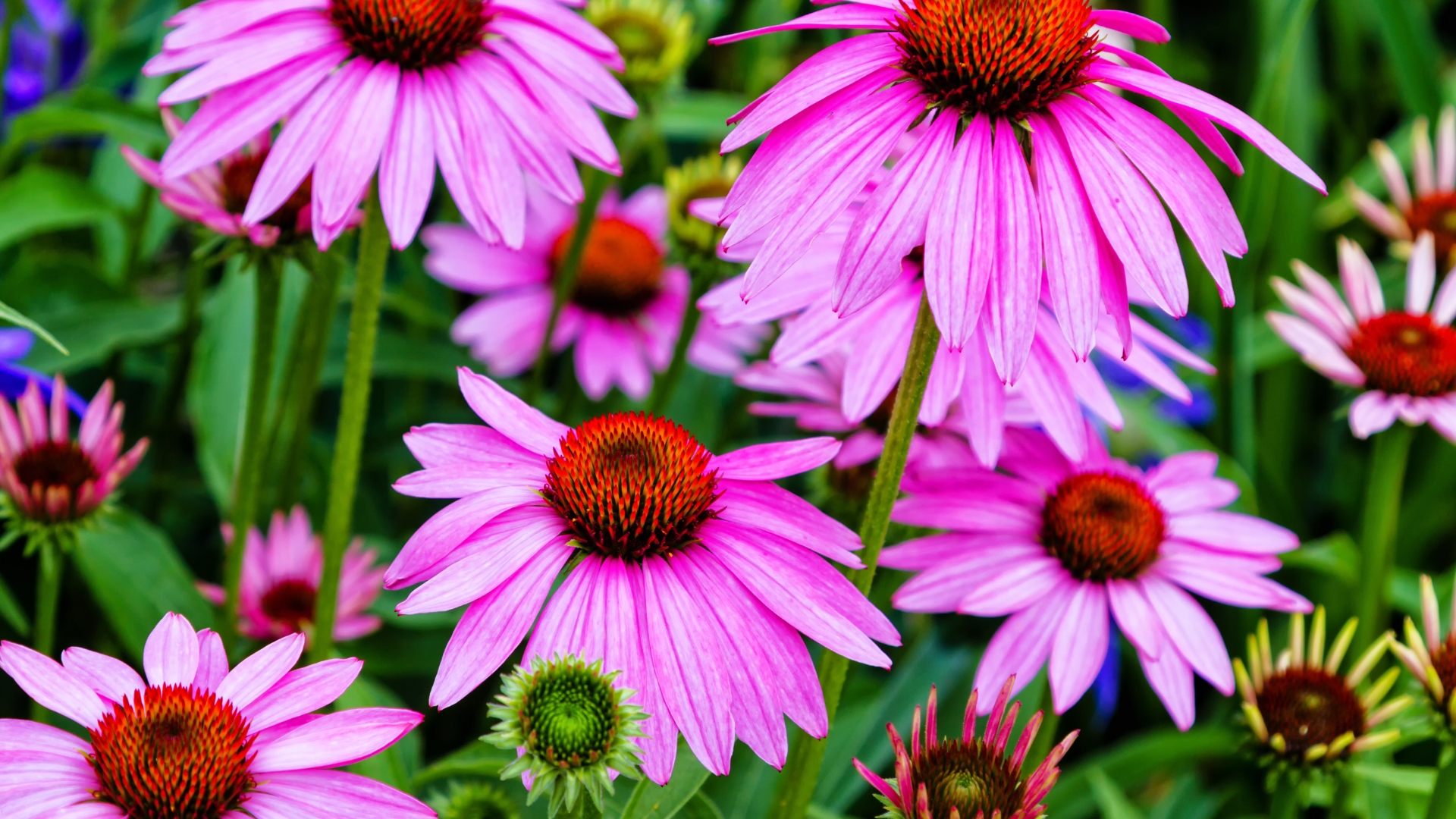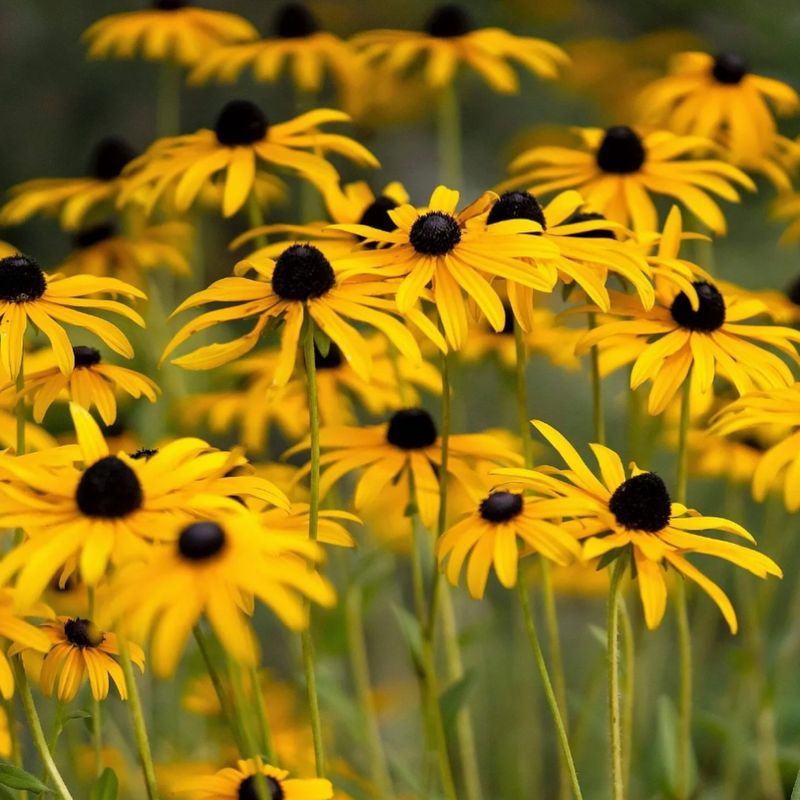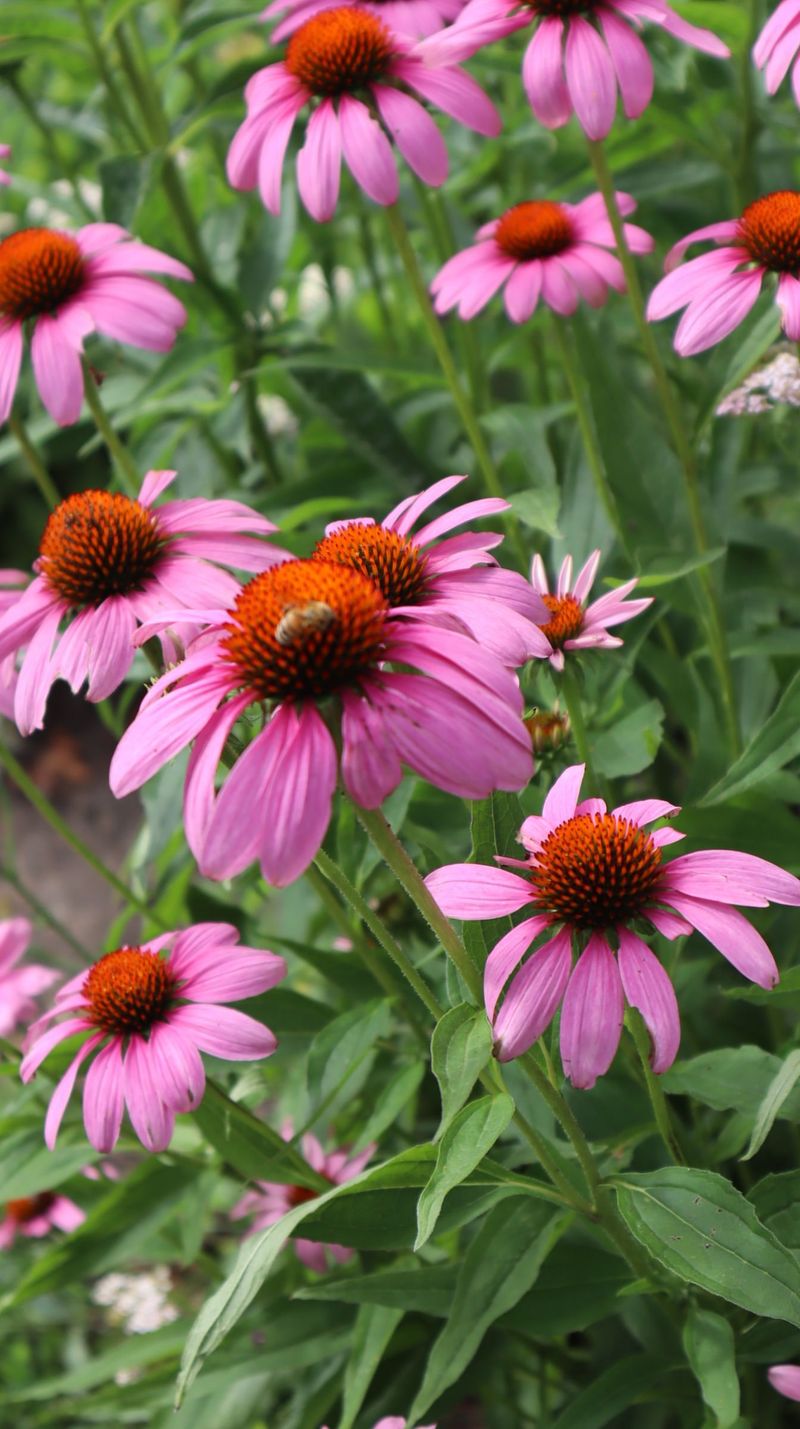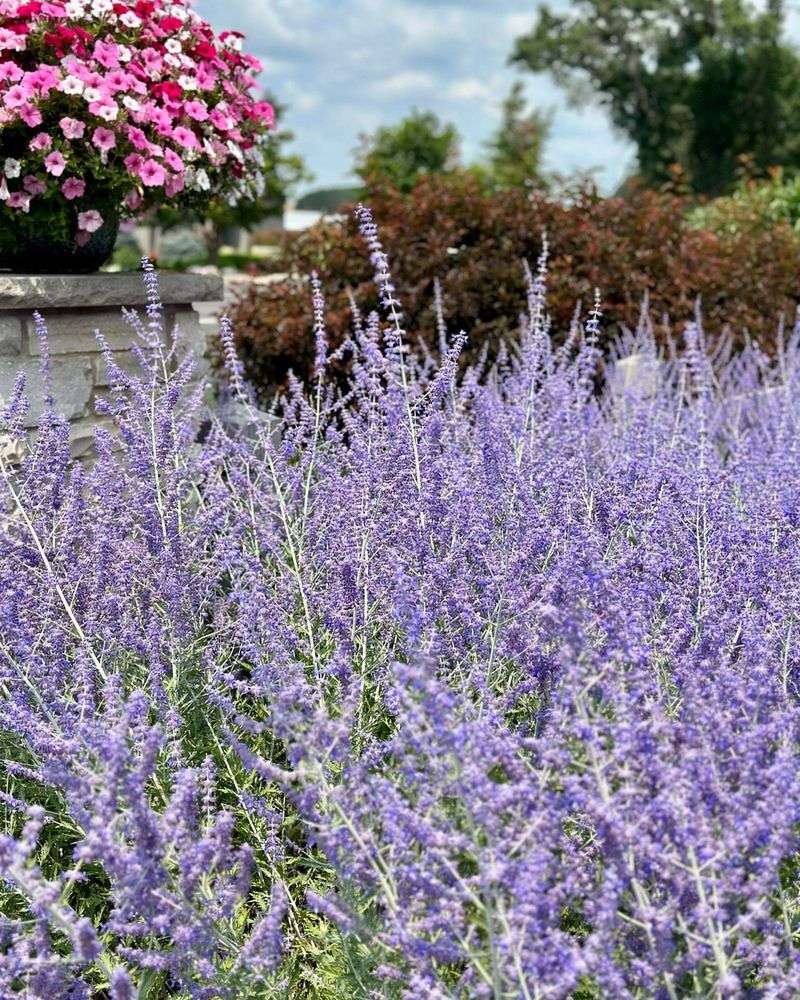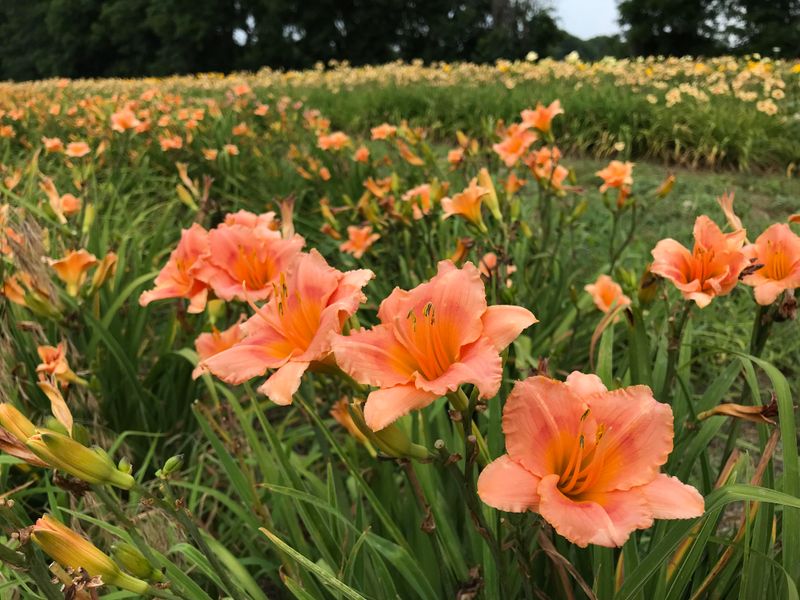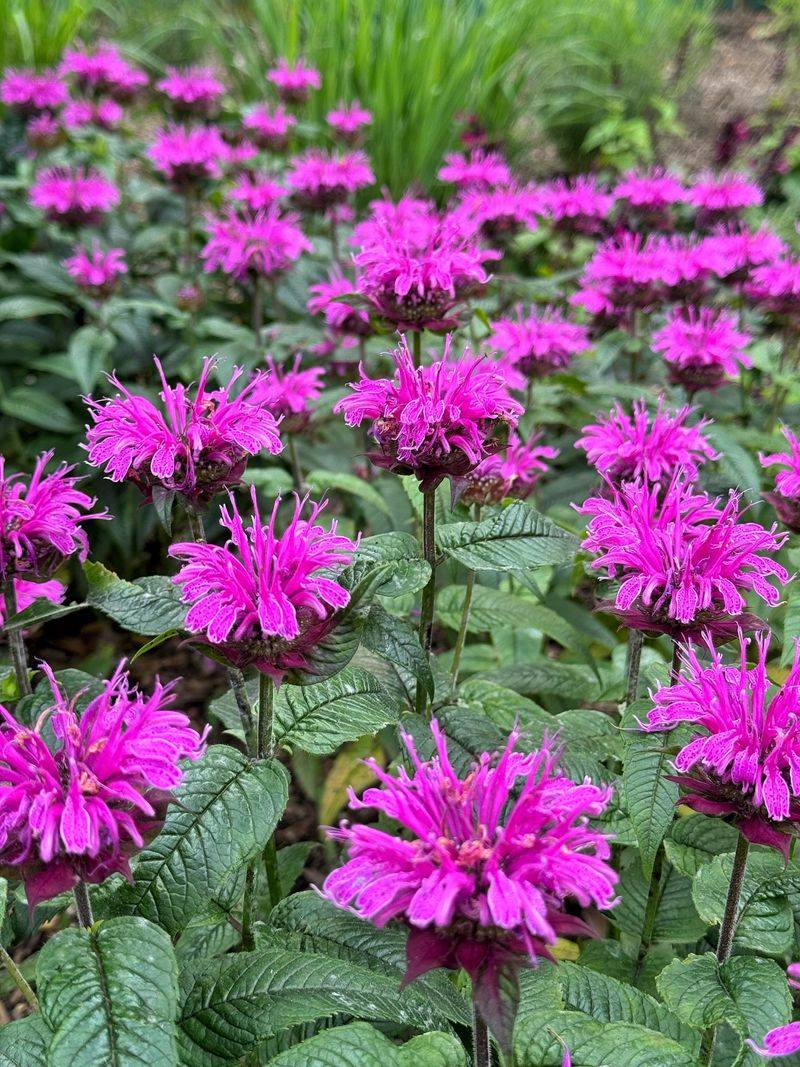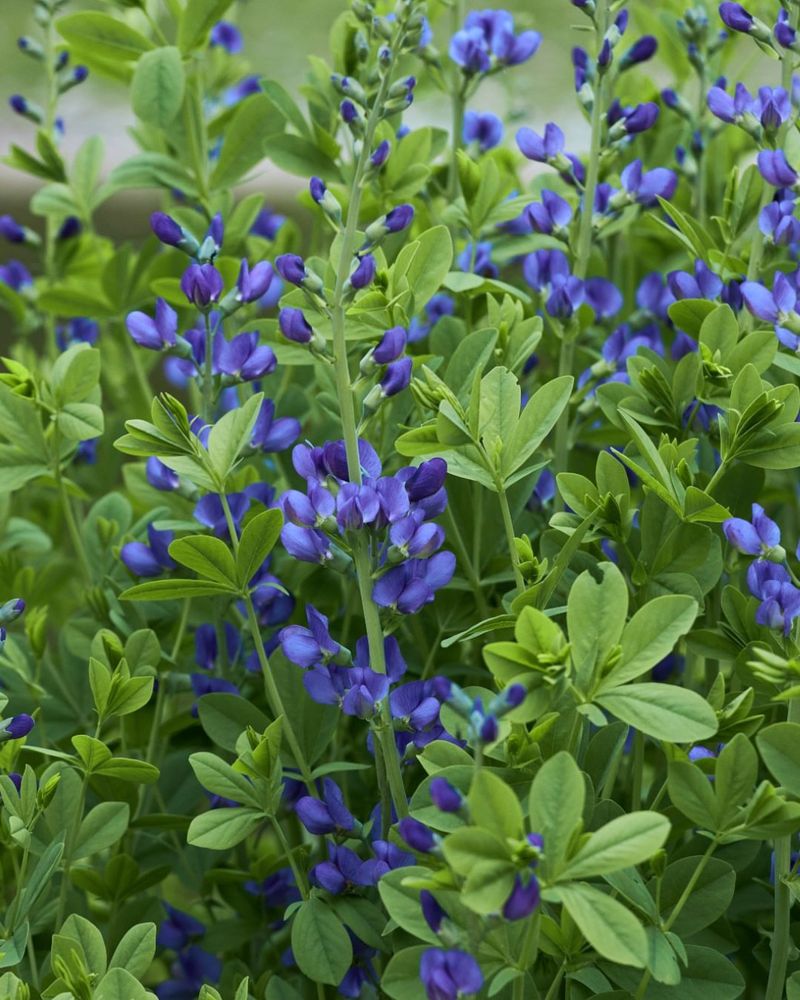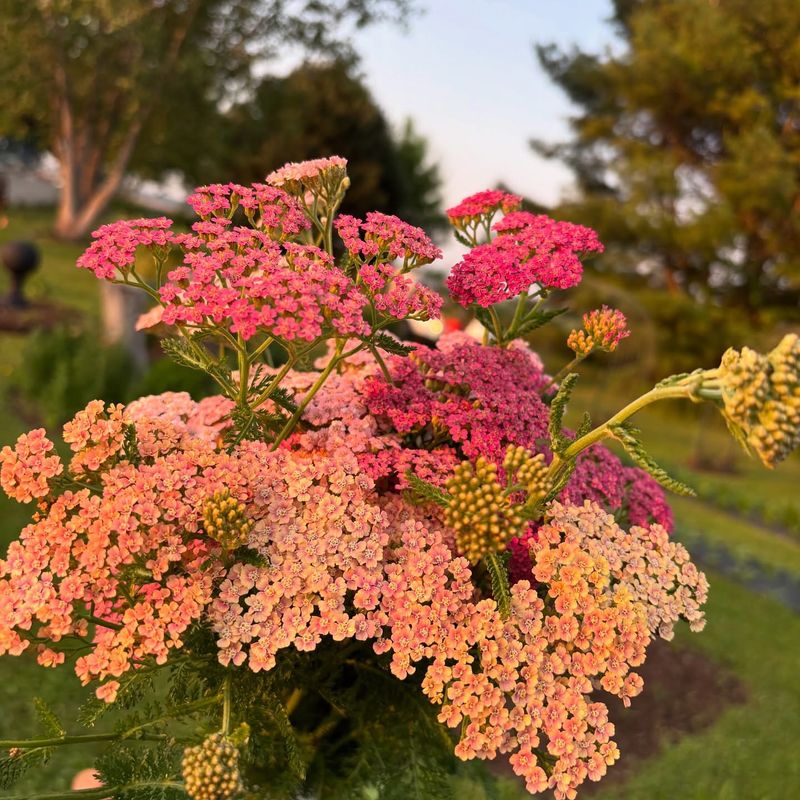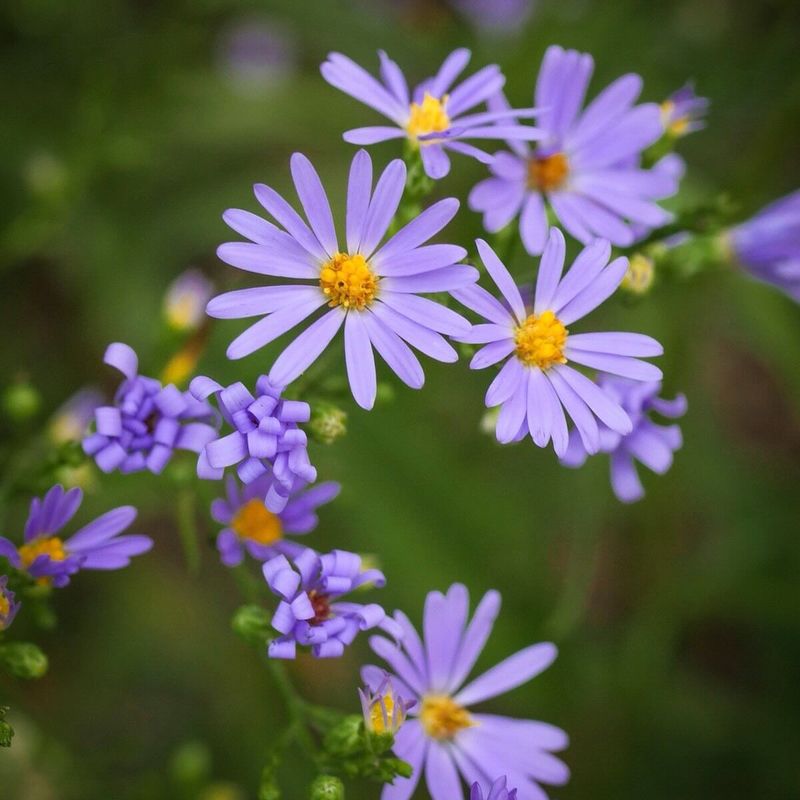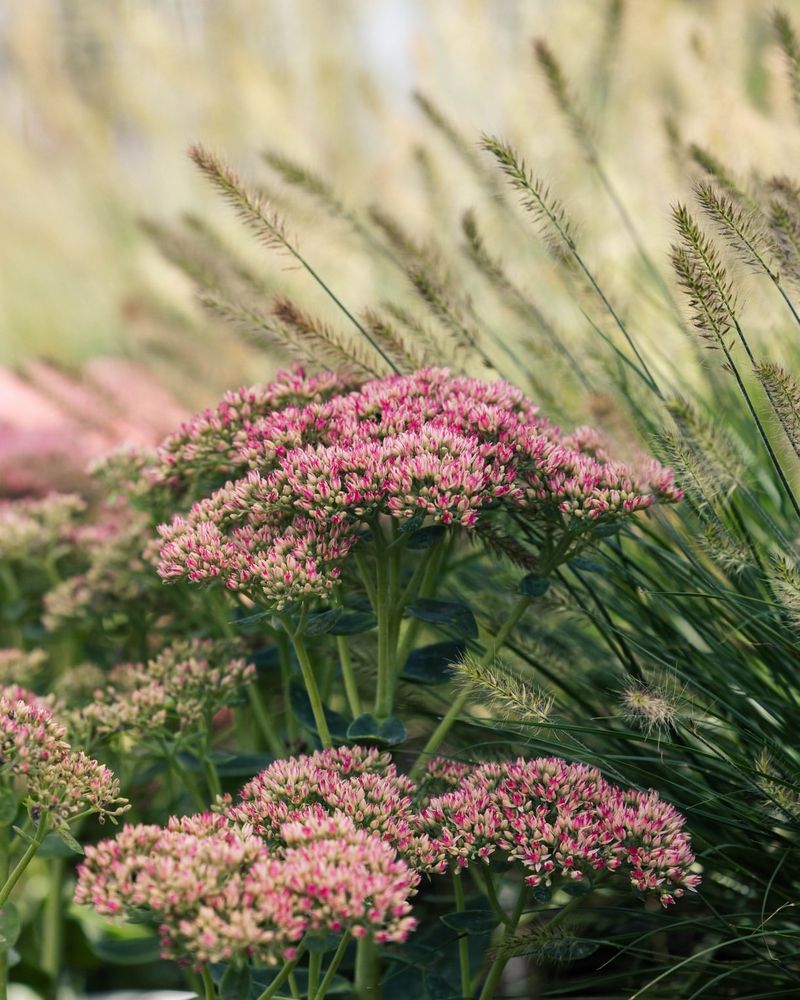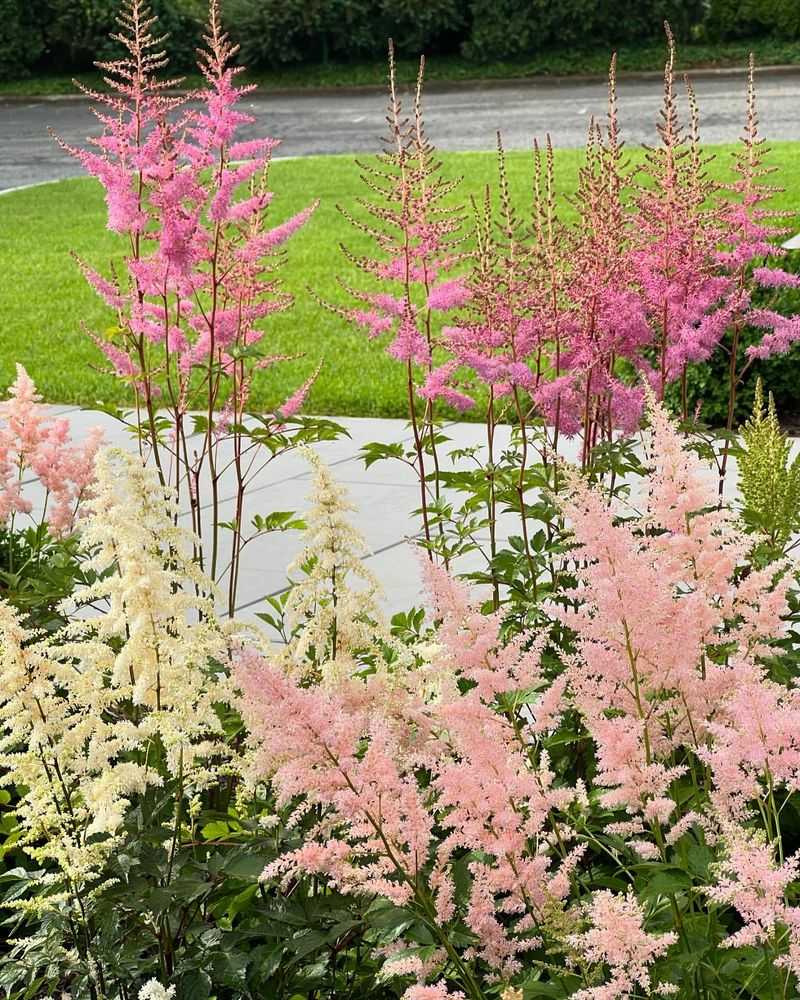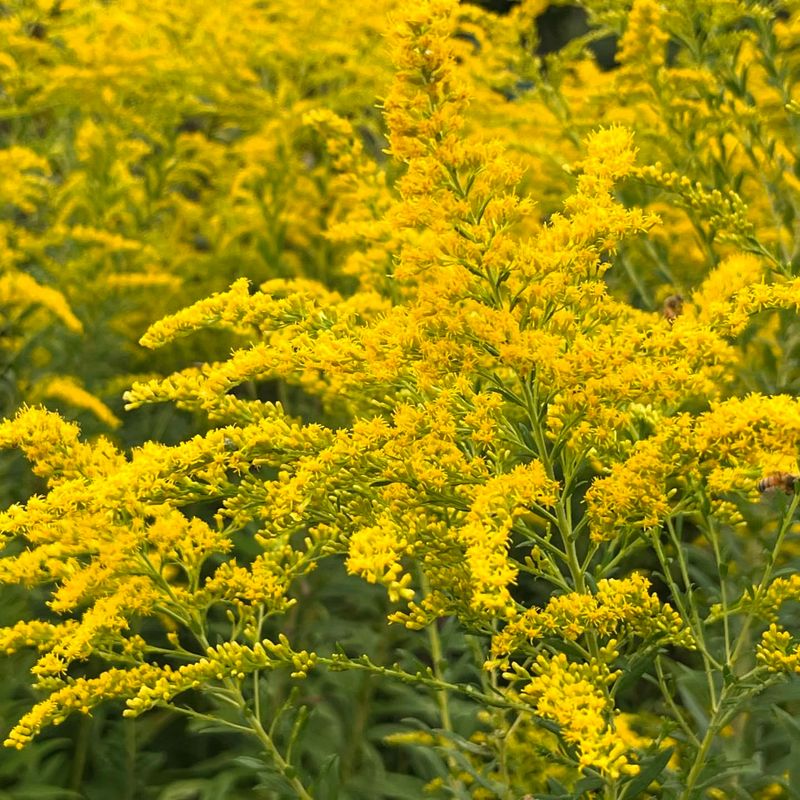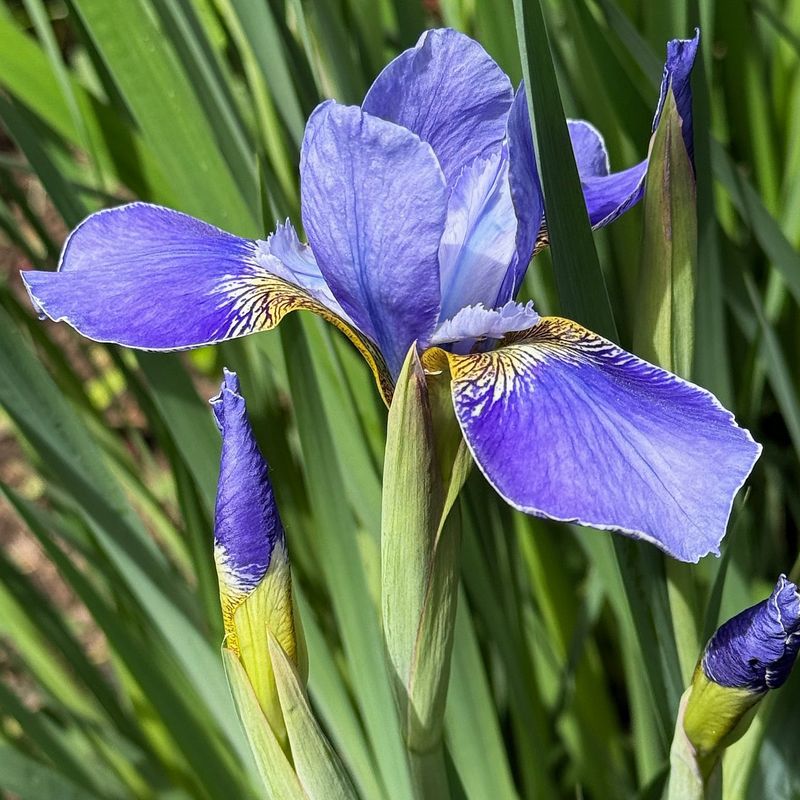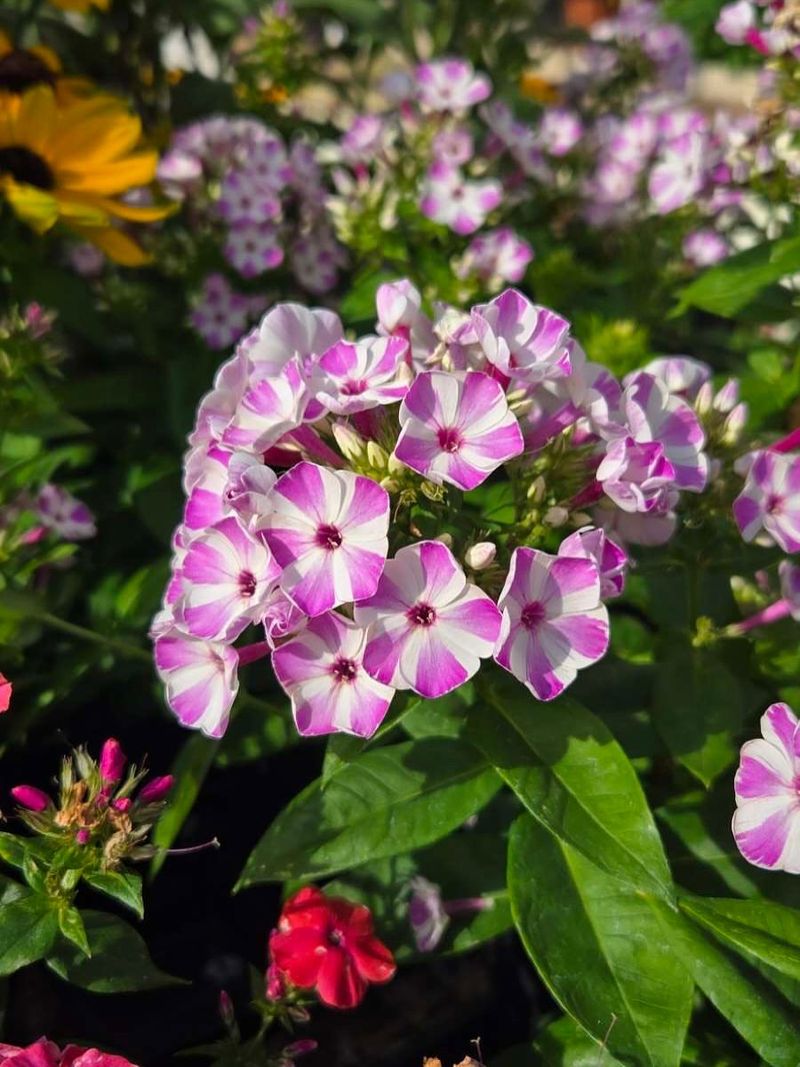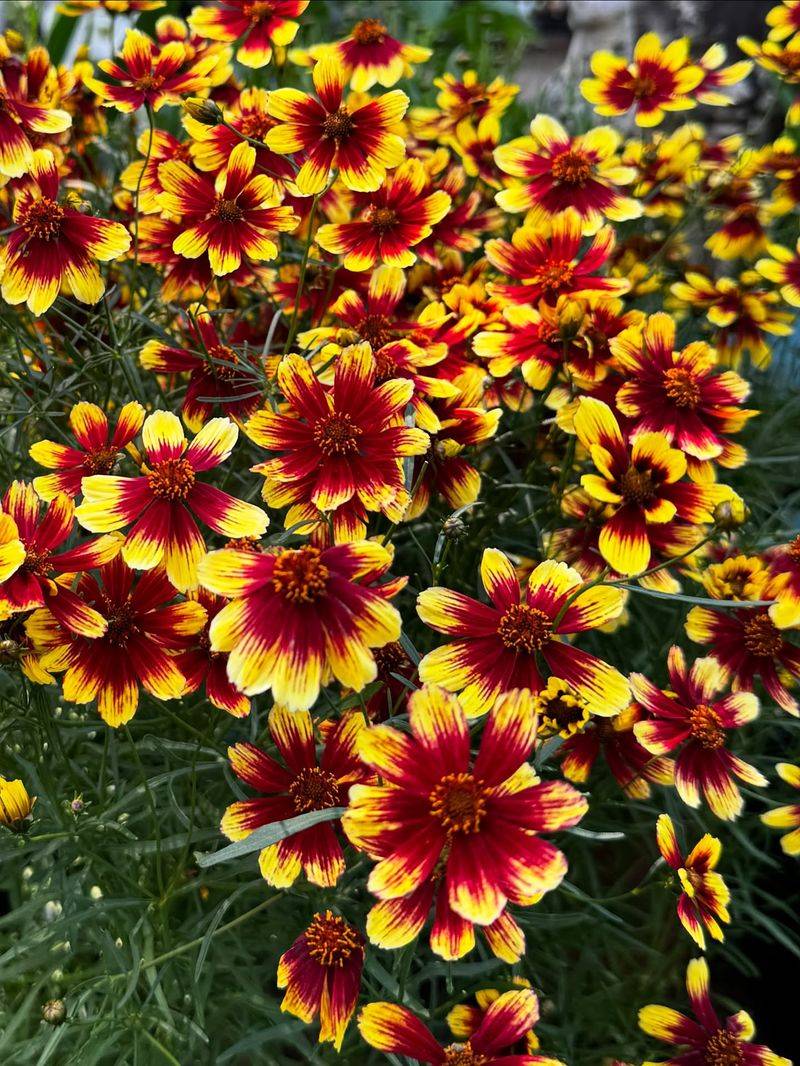Michigan gardeners know that working with clay soil takes some patience—but they’ve found flowers that don’t just handle it, they thrive. I’ve watched these hardy blooms brighten up even the heaviest, stickiest dirt with ease.
They bring a splash of color and charm without demanding perfect soil conditions. It’s no surprise they’re favorites around here year after year.
If clay soil has been holding your garden back, these flowers are ready to prove it doesn’t have to be that way.
1. Black-Eyed Susan
These sunny golden flowers bring cheerful vibes to Michigan gardens from summer through fall. Native to North America, they’re practically bulletproof in clay soil conditions.
Many Michigan gardeners appreciate how these drought-resistant perennials attract butterflies and birds. Their daisy-like blooms with distinctive dark centers make beautiful cut flowers that last for days.
2. Coneflower
Tough as nails yet graceful, coneflowers handle Michigan’s clay soil with ease. Their distinctive raised centers and drooping petals create a unique silhouette in any garden bed.
Across Michigan, gardeners value these native perennials for their long blooming season and drought resistance. Available in purple, white, yellow, and even green varieties, they’re also medicinal plants known as echinacea.
3. Russian Sage
Silvery-gray foliage topped with lavender-blue flower spikes makes this plant a showstopper. Despite its delicate appearance, Russian sage stands strong in Michigan’s heaviest clay.
Many gardeners throughout Michigan love how this drought-tolerant perennial creates a soft, hazy backdrop for other flowers. Its aromatic leaves deter deer and rabbits while attracting beneficial pollinators to your garden.
4. Daylily
Hardy workhorses of the garden, daylilies shrug off Michigan’s clay soil like champions. Each flower lasts just one day, but plants produce buds for weeks, ensuring continuous color.
Michigan gardeners appreciate these low-maintenance perennials in countless colors and forms. From ruffled to spider-shaped blooms, daylilies offer something for every taste while their strong roots actually improve clay soil structure over time.
5. Bee Balm
With shaggy, crown-like flowers in red, pink, or purple, bee balm creates instant drama. This native plant thrives in Michigan’s clay while attracting hummingbirds, butterflies, and beneficial bees.
Michigan gardeners love how this mint family member spreads to fill difficult spots. Its aromatic foliage gives off a pleasant scent when brushed against, adding a sensory element to gardens while helping repel certain pest insects.
6. Baptisia
Also called false indigo, this native prairie plant develops into a shrub-like clump with blue, purple, yellow or white flowers. Its deep roots easily penetrate Michigan’s toughest clay soil.
Michigan gardeners treasure baptisia for its drought tolerance once established and minimal maintenance needs. After flowering, interesting seed pods develop that add winter interest, rattling pleasantly in the breeze like natural wind chimes.
7. Yarrow
Flat-topped flower clusters in white, yellow, pink or red sit atop ferny foliage. This ancient medicinal herb tackles Michigan’s clay soil with ease while adding texture to flower beds.
Michigan gardeners rely on yarrow’s extreme drought tolerance for tough spots. Its strong, sometimes spreading habit makes it perfect for stabilizing slopes while the dried flowers hold their color, making them excellent for long-lasting bouquets.
8. Aster
Late-season stars of the Michigan garden, asters provide crucial fall color when other plants fade. Their daisy-like blooms in purple, pink, blue or white thrive in clay soil conditions.
Many Michigan gardeners value asters for feeding late-season pollinators preparing for winter. Native varieties are especially tough, with some reaching impressive heights while others form tidy mounds perfect for garden edges.
9. Blazing Star
Tall purple spikes rise dramatically from grassy foliage, creating vertical interest in Michigan gardens. Also called liatris, these native prairie plants have deep roots that power through clay.
Michigan gardeners appreciate how these drought-resistant perennials attract butterflies, especially monarchs. Their unique bottlebrush flowers open from top to bottom rather than bottom to top, providing weeks of visual interest.
10. Sedum
Succulent foliage in blues, greens, or purples forms the base for these easy-care plants. In late summer, flat flower clusters in pink, red or white appear, thriving in Michigan’s clay soil.
Michigan gardeners rely on sedums for their incredible drought tolerance and four-season interest. Many varieties change color through the seasons, while their dried flower heads provide winter structure and food for birds.
11. Astilbe
Feathery plumes in white, pink, red or purple rise above fern-like foliage. Unlike many clay-lovers, astilbes prefer partial shade, making them perfect for Michigan’s woodland edges with heavy soil.
Gardeners across Michigan value astilbes for brightening difficult shady spots where clay soil stays moist. Their distinctive flower spikes dry beautifully on the plant, extending their ornamental season well into winter.
12. Goldenrod
Brilliant yellow flower plumes light up Michigan gardens in late summer and fall. Despite undeserved hay fever blame, this native plant is actually insect-pollinated and rarely causes allergies.
Michigan gardeners appreciate how goldenrod’s deep roots penetrate clay soil while supporting over 100 butterfly and moth species. Newer garden varieties stay more compact than their wild cousins while providing the same ecological benefits.
13. Iris
Elegant blooms in nearly every color of the rainbow grace these spring favorites. Both bearded and Siberian varieties perform beautifully in Michigan’s clay soil, though they prefer different moisture levels.
Michigan gardeners treasure irises for their architectural foliage that remains attractive after flowering. Their rhizomes actually prefer heavy soil that keeps them from drying out, making clay gardens the perfect home.
14. Catmint
Clouds of lavender-blue flowers hover over aromatic gray-green foliage from spring through fall. This mint relative handles Michigan’s clay soil with ease while repelling deer and rabbits.
Gardeners throughout Michigan love catmint’s long blooming season and drought tolerance once established. A quick shearing after the first flush of flowers encourages repeat blooming, providing months of color and pollinator support.
15. Phlox
Fragrant flower clusters in white, pink, purple, or bi-colors brighten Michigan gardens from spring through summer. Different varieties range from ground-hugging creepers to tall garden statements.
Many Michigan gardeners appreciate how taller garden phlox fills the difficult mid-summer gap with weeks of color. The shorter, spring-blooming creeping phlox excels at spilling over walls and covering difficult clay slopes.
16. Coreopsis
Masses of daisy-like flowers in gold, yellow, or bicolors cover these easy-care plants. Their fine foliage provides textural contrast in Michigan gardens while their roots easily manage clay soil.
Michigan gardeners value coreopsis for its extremely long blooming season when deadheaded regularly. Newer varieties offer sunset colors from peach to red, expanding beyond the traditional yellows while maintaining the same clay-soil tolerance.

